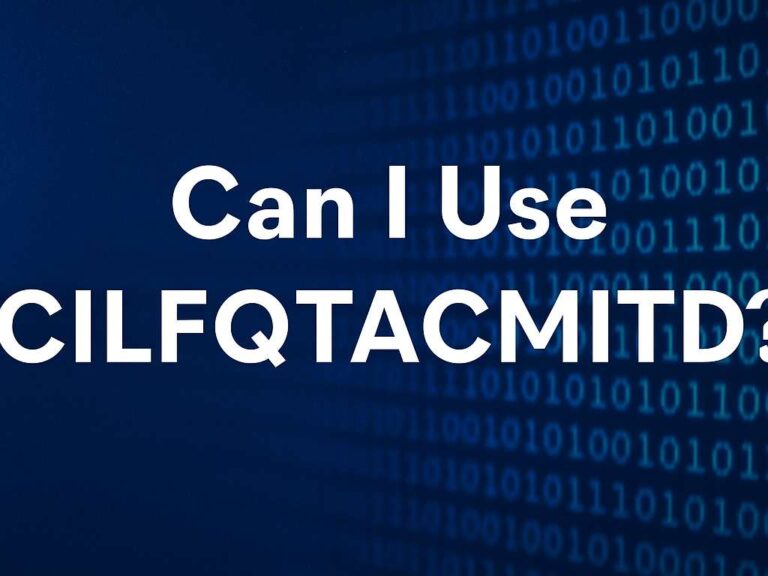How to Clean Solar Panels: Best Methods & Expert Tips
Solar panels are often praised for being a low-maintenance solution to energy generation, but “low-maintenance” doesn’t mean “no maintenance.” For both residential rooftops and expansive commercial arrays, periodic cleaning is essential to maximize energy output. While many panels can operate without frequent attention, studies show that soiling—accumulated dirt, dust, bird droppings, pollen, and other residues—can reduce a panel’s efficiency by up to 30% in heavily polluted or dusty environments.
Understanding how to clean solar panels is crucial for anyone looking to protect their investment, whether you’re an eco-conscious homeowner, a facility manager overseeing a solar farm, or a professional solar installer optimizing system performance. This article outlines best practices, from basic manual techniques to cutting-edge robotic systems and emerging technologies that promise easier upkeep.
Why Clean Solar Panels at All?
Soiling on solar panels acts like a partial shade, blocking sunlight and reducing electricity production. The National Renewable Energy Laboratory (NREL) reports that energy losses from soiling can average 7% annually, with significant spikes in dry, dusty regions or areas with minimal rainfall. In commercial operations, even a small dip in performance can translate to substantial financial losses.
For residential users, dirty panels can lengthen the payback period, while for commercial facilities, cleanliness directly impacts operational efficiency and bottom-line profits. Therefore, learning how to clean solar panels is not just good maintenance—it’s smart economics.
Manual Cleaning Methods: The Traditional Approach
For most homeowners, manual cleaning remains the go-to solution. Here’s how to clean solar panels manually and safely:
- Use Deionized Water:
Deionized (DI) water is free from minerals that can leave streaks or spots. It ensures a clean rinse without any chemical residues. - Soft Brushes and Non-Abrasive Sponges:
Soft-bristle brushes or sponge tools attached to extendable poles help scrub away grime without damaging the tempered glass surface. Avoid using metal or hard plastic tools that might scratch the panels. - Mild Soaps (If Necessary):
If dealing with stubborn bird droppings or oily residues, a small amount of biodegradable soap diluted in water can help. Rinse thoroughly to avoid film buildup. - Safety First:
Always prioritize safety. For rooftop systems, use safety harnesses or hire professionals. Avoid cleaning panels during peak sunlight hours when the glass is hot, which can cause thermal stress or injury.
While this approach is cost-effective, it can be time-consuming, especially for larger installations. That’s where advanced technologies come into play.
Advanced and Autonomous Cleaning Solutions
Commercial-scale solar systems often rely on autonomous solutions that minimize labor costs and reduce water use. Here’s how to clean solar panels using some of the latest innovations:
- Robotic Cleaning Systems:
Robots like SolarCleano and Ecoppia offer programmable cleaning units that crawl across solar panels, removing dirt without requiring human intervention. These are ideal for solar farms and large commercial arrays, especially in hard-to-reach or hazardous areas. - Waterless Cleaning Technologies:
Innovations in electrostatic and airflow-based cleaning allow for debris removal without a single drop of water. Waterless systems are a game-changer for desert regions or areas with water scarcity. - Vibration-Based Cleaning:
Some experimental panels are now equipped with vibration mechanisms that shake off dust much like a smartphone’s vibration motor. This technology is still emerging but holds promise for space and off-grid applications. - Nanoparticle Coatings:
Hydrophobic and self-cleaning coatings use nanoparticles to repel water and dust, much like a non-stick pan. These coatings reduce the need for frequent cleaning by allowing rainwater to wash away dirt more effectively.
If you’re wondering how to clean solar panels without climbing ladders or hiring crews repeatedly, these systems offer scalable, tech-driven answers.
Location-Specific Factors That Influence Cleaning
Your geographical location heavily influences how often and how thoroughly you need to clean your panels. Knowing how to clean solar panels starts with understanding your environment.
Desert Climates:
Frequent sandstorms and dry air lead to rapid dust buildup. Here, weekly or biweekly cleaning might be necessary, especially in peak summer months.
Urban and Industrial Areas:
Smog, soot, and pollutants settle on panels, especially in cities with heavy vehicle traffic or nearby factories. Rain often isn’t sufficient to clean panels in these environments.
Forested or Rural Areas:
Pollen, bird droppings, and falling leaves can clog panels, especially in spring and autumn. Seasonal cleaning is key.
High Rainfall Regions:
Ironically, frequent rain isn’t always enough. Rainwater can leave mineral deposits or fail to remove sticky debris like sap or droppings.
Tailoring your cleaning schedule to local conditions ensures better long-term efficiency.
DIY vs. Professional Cleaning: What’s More Cost-Effective?
A big question many users face is whether to clean panels themselves or hire professionals. Here’s how to clean solar panels with cost in mind:
DIY Cleaning Pros:
- Lower cost for small systems
- Greater control over frequency and timing
- Satisfying for hands-on homeowners
DIY Cleaning Cons:
- Time-consuming
- Potential safety hazards
- May miss subtle issues (e.g., microcracks or delamination)
Professional Cleaning Pros:
- Trained technicians ensure safe, thorough cleaning
- Inspection services often included
- Advanced tools like water-fed pole systems or aerial lift equipment
Professional Cleaning Cons:
- Can cost $150–$400 per session for residential systems
- Recurring costs for regular maintenance
For large commercial setups, the cost-benefit strongly favors robotic or contracted cleaning due to scale and safety concerns. For residential setups, if you’re comfortable working at heights and have the right tools, DIY may be a viable option. But for complex roof pitches or fragile mounting systems, professional help is advisable.
Monitoring Panel Cleanliness and Performance
Knowing when and how to clean solar panels depends on effective monitoring. Here’s how to stay on top of it:
- Track Performance Drops:
Most inverters or solar monitoring platforms show real-time data. A noticeable dip in output, not explained by weather, could indicate dirty panels. - Use Soiling Sensors:
Advanced solar setups now include sensors that measure the level of soiling. These devices trigger cleaning alerts when performance drops beyond a threshold. - Automated Cleaning Schedules:
Robotic systems can be programmed to clean based on time, soiling level, or performance decline, removing the guesswork altogether.
Combining performance monitoring with predictive cleaning keeps your panels at peak productivity with minimal manual oversight.
Conclusion
While solar panels are designed to be resilient and efficient, they’re not immune to nature’s mess. Understanding how to clean solar panels is essential for maintaining system output, prolonging equipment life, and maximizing return on investment. Whether you’re spraying down a small rooftop array with deionized water or managing a solar farm equipped with robotic cleaners, the goal is the same: clean panels, optimal performance, and sustainable energy.
From manual methods and eco-friendly soaps to vibration-based technology and nanoparticle coatings, the range of cleaning options continues to expand. By aligning your cleaning approach with your location, system size, and budget, you can ensure your solar array continues to shine—literally and figuratively.
And remember, knowing how to clean solar panels isn’t just about wiping off dirt. It’s about smart energy stewardship in an increasingly solar-powered world.
FAQs
Q1: What is the proper way to clean solar panels?
The proper way to clean solar panels involves rinsing them with deionized water and gently scrubbing with a soft brush or non-abrasive sponge. Avoid using harsh chemicals or high-pressure water that might damage the surface. It’s best to clean during early morning or late evening to prevent thermal shock to the glass.
Q2: What is the best cleaning solution for solar panels?
The best cleaning solution is simply deionized or distilled water. If needed, a mild, biodegradable soap can be added to remove stubborn dirt or bird droppings. Avoid detergents or cleaners that leave residue or contain abrasive agents, which can reduce light absorption or damage the panel surface.
Q3: Should I spray water on my solar panels?
Yes, spraying water—especially deionized water—can help clean your solar panels. However, avoid using cold water on hot panels as it can cause cracking due to sudden temperature changes. A gentle spray works best; never use a pressure washer.
Q4: How often should I clean my solar panels?
Cleaning frequency depends on your location. In dusty or polluted areas, quarterly cleaning may be needed. In areas with regular rainfall and low debris, once or twice a year may suffice. Monitoring performance data helps determine optimal timing.
Q5: Is it safe to clean solar panels yourself?
Yes, if your panels are easily accessible and you use the right tools. However, for rooftop systems or hard-to-reach areas, it’s safer and often more effective to hire professional cleaning services to avoid injury or damaging the panels.







